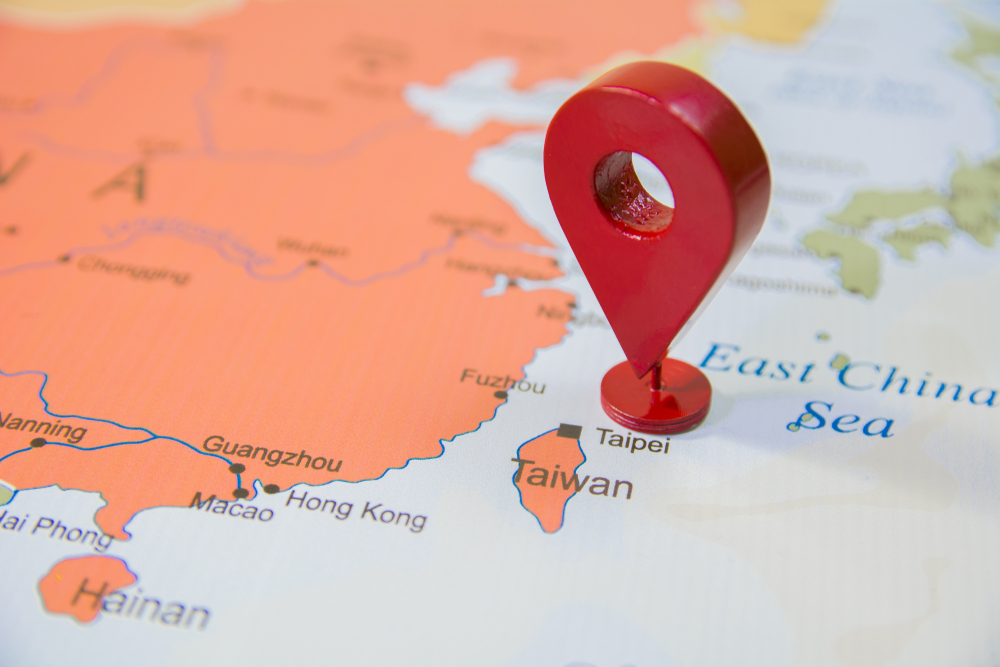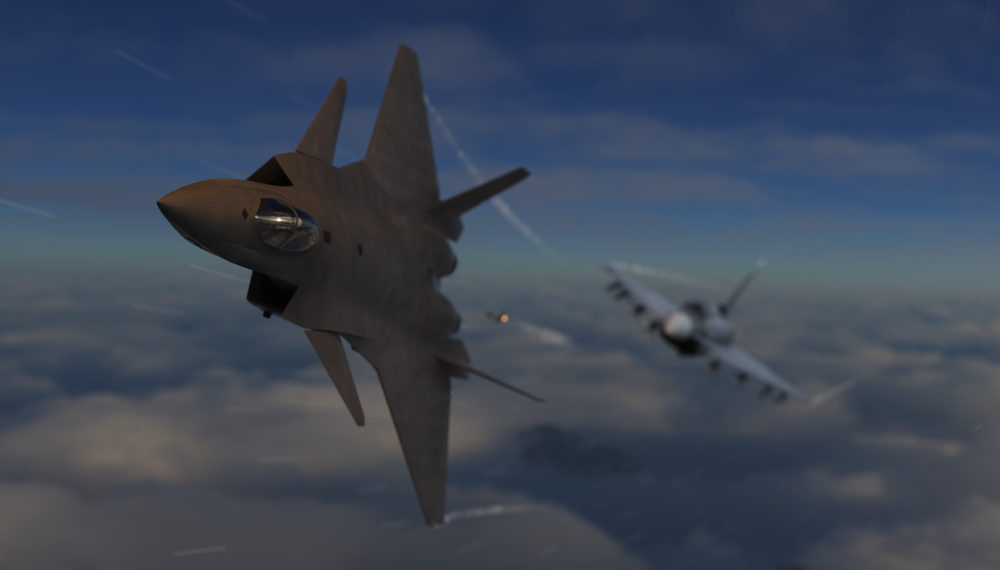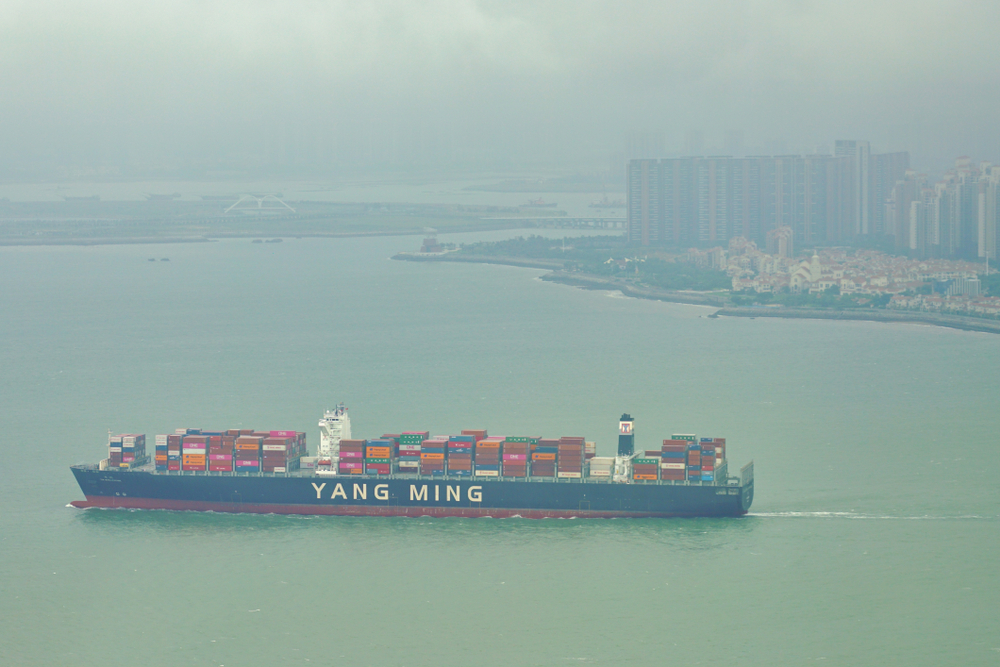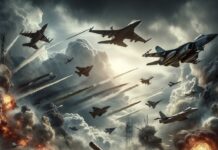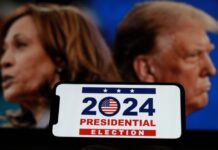China flew a record-breaking number of military flights into Taiwanese airspace to open the month of October. The unprecedented 150 flights included bombers, anti-submarine planes, and a clear intent to threaten Taiwan with force from China. Taiwan responded by scrambling its own fighter jets. Experts suggest China, in addition to threatening Taiwan, was testing Taiwan’s defenses and speed of response.
The flights did not enter Taiwanese sovereign airspace but what has been known since the 1950s as Taiwan’s air identification zone. The air identification zone is much larger than Taiwan’s sovereign airspace. Taiwan asserts the right to require pilots who enter the air identification zone to identify themselves and their purpose.
China has been conducting flights into Taiwan’s air identification zone for the last year, but nothing near the scale of what occurred between October 1-4. Taiwan’s defense minister described current tensions between China and Taiwan as the worst in 40 years. Analysts voiced concern that the Chinese provocations raise the risks of invasion in Taiwan and a wider regional war that would include the US.
On Sunday, Taiwan’s President Tsai Ing-Win said Taiwan would not bow down to Chinese aggression and vowed to continue to bolster the island’s defenses to preserve the people’s way of life on Taiwan. Tsai’s defiant statement came a day after the leader of China, Xi Jinping, reiterated that the reunification of Taiwan to China “must be fulfilled.”
China-Taiwan Threat in 2021
The reunification of Taiwan to China has been a critical pillar in Chinese military and government doctrine since the establishment of the People’s Republic of China in 1949. Still, the tension has been particularly emphasized throughout 2021.
In July, Rear Admiral Michael Studeman, Chief Intelligence Officer of the US Indo-Pacific Command, said, “It’s only a matter of time, not a matter of ‘if,” regarding the potential for China exercising a military option against Taiwan. That same month Xi Jinping described the reunification of Taiwan as “a historic mission and an unshakable commitment.” Japan urged the world to have a “sense of crisis” over escalating tensions between Taiwan and Beijing.
Historical Background to the China-Taiwan Threat
The island of Taiwan has hosted several rulers in its history, including the Dutch and the Portuguese. China ruled the island since the 17th century except for a brief Japanese occupation period during World War II.
In 1949, when Mao and the communist party shocked the world by defeating Chiang Kai-Shek and the nationalists for victory in China’s civil war, Kai-Shek and his supporters fled to Taiwan to set up their new headquarters. While Mao and the Communists declared the People’s Republic of China on the mainland, Kai-Shek and the nationalists declared the Republic of China on Taiwan. Both claimed to be the legitimate representative of China.
Mao and the Chinese military immediately began planning for the invasion of Taiwan. The presence of the US Seventh Fleet during the Korean War delayed immediate plans for the invasion in the beginning.
In 1951 the US-sponsored the Military Assistance Advisory Group (MAAG) provided training, logistics, and military equipment that built that modern army of Taiwan. At several points, tensions between the Chinese (with Soviet support) and Taiwan (with US support) became a flashpoint of the Cold War. In 1958 the US Seventh Fleet even included tactical nuclear bombs for deployment against China in the event of a human wave invasion on Taiwan.
For more than 20 years, recognized Kai-Shek and Taiwan as China. Most of the western world refused to recognize Mao and the Communists. Taiwan held China’s seat at the United Nations. Taiwan also conducted diplomatic and trade negotiations on behalf of China. Of course, enforcing the will of Taiwan onto the Chinese mainland was a different story altogether. The dysfunctional dynamic continued until 1971.
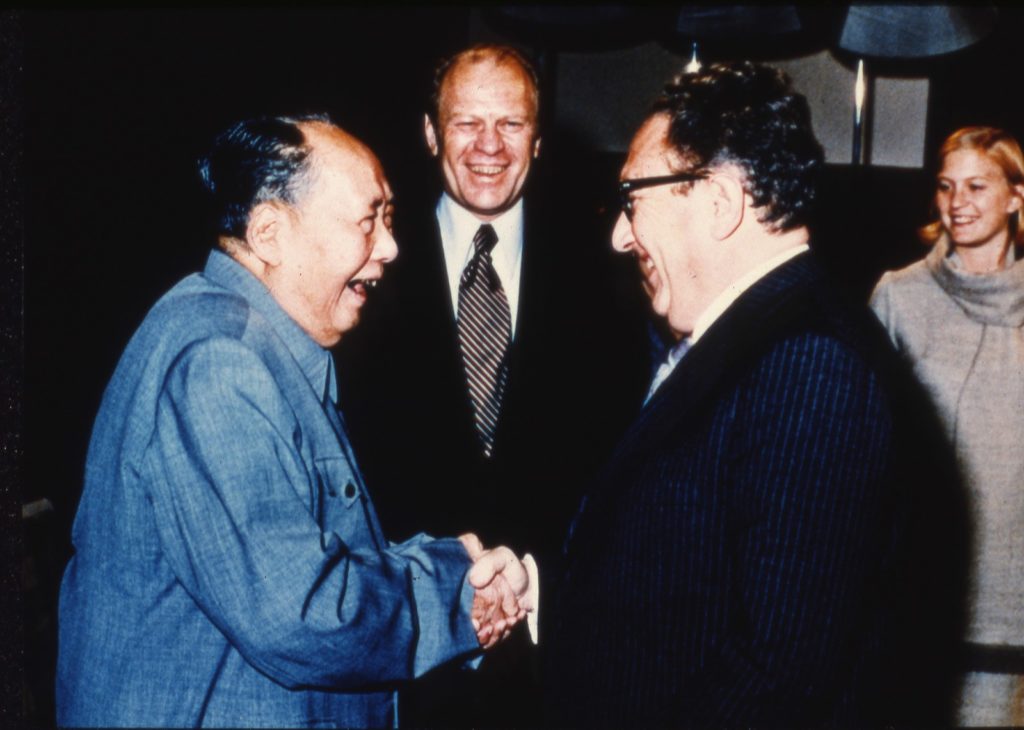
In 1971 President Nixon finally recognized the People’s Republic of China. The US, and most other countries, began dropping official recognition of Taiwan throughout the 1970s. Taiwan no longer had a seat at the United Nations. During the coronavirus pandemic, Taiwan was not even a member of the World Health Organization.
In 1996, at the time of Taiwan’s elections, China fired ballistic missiles into the territorial waters of Taiwan. The US deployed aircraft carriers to the area once again, and the immediate crisis subsided. Nevertheless, the provocative move by China renewed fears of a Chinese invasion and a new period of aggression from the mainland.
What is the “One China” Policy
The One China policy is the name of the obscure and confusing policy with which the US and China handle Taiwan. Both agree there is only One China, but they do not agree on what One China consists of. Beijing includes Taiwan in its vision of One China. The US does not.
Beijing wants a Taiwan that is part of China but holds its own autonomy. If that idea ever held appeal in Taiwan, it faded over the last two years as China stripped away the autonomy of Hong Kong without any sense of need to justify itself. Taiwan does not want to be the next Hong Kong.
Although the US has not maintained official diplomatic relations with Taiwan for decades, an unofficial relationship has continued through a Taiwan-based nonprofit organization known as the American Taiwan Institute. Through that organization, the US funnels millions of dollars in military aid to the island. For the US, the One China Policy allows leaders to pretend there is only one China on the one hand while funneling arms and aid to Taiwan on the other hand.
These divergent perspectives of the One China Policy appear destined to collide with one another, and that collision could be devastating.
Today Taiwan has its own constitution and democratically elected leaders. Taiwan boasts around 300,000 soldiers, its air force a little more than a quarter the size of China’s with no bombers. Taiwan’s military is almost entirely dependent upon US military aid.
The Taiwan Agreement
Speaking to the current tensions between China and Taiwan, President Biden said he spoke to China’s leader Xi Jinping, and they plan to abide by the “Taiwan Agreement.” Unfortunately, there is no official “Taiwan Agreement,” and experts worldwide were left wondering what President Biden was referring to. There is no official agreement between China and the US regarding Taiwan.
After the US withdrew diplomatic relations with Taiwan, it passed the Taiwan Relations Act of 1979. The Taiwan Relations Act requires the US to “preserve and promote extensive, close and friendly commercial, cultural, and other relations between the people of the United States and the people of Taiwan.” Any reintegration of Taiwan back to China must take place by peaceful means, or it will risk being seen as a threat to the Western Pacific’s peace in the US government’s eyes. That is not necessarily a treaty guaranteeing US support to Taiwan in the event of war, but traditionally it has been interpreted as such.
Why Is Taiwan a Big Deal?
For China, the reunification of Taiwan is not only an issue of national pride but a core policy hammered into every political and military training institute since 1949.
From a geopolitical perspective, once Taiwan comes under the control of China, the dynamics of power and trade in the Pacific completely shift. A military handbook known as The Japanese Air Self Defense Force (which is studied routinely by mid-level Chinese officers) says:
As soon as Taiwan is reunified with mainland China, Japan’s maritime lines of communication will fall completely within the striking ranges of China’s fighters and bombers…Our analysis shows that, by using blockades, if we can reduce Japan’s raw imports by 15-20%, it will be a heavy blow to Japan’s economy. After imports have been reduced by 30%, Japan’s economic activity and war making potential will be basically destroyed.
In his book, The Chinese Invasion Threat, Ian Easton, an expert on the Chinese threat to Taiwan, writes about China:
They are quick to point out that Taiwan’s location in the center of the First Island Chain means that once it falls under Chinese control, the PLA (People Liberation Army) Navy will have assured access to the Pacific and tremendous leverage over neighboring states, giving them command over the world’s most important waters.
Why Has China Chosen Assertive Moves Now?
In the last year, China’s incursions into Taiwan’s air defense zone appeared related to foreign and domestic events in Taiwan. For example, last year, over two days, China sent 37 warplanes into the zone after a US official visited the island. It is difficult to ascertain why China chose now to assert such provocative actions toward Taiwan.
October 1, the date China began the escalation of flights toward Taiwan, also happened to be China’s National Day, the day China celebrates the birth of the People’s Republic of China. That may have had something to do with it, sort of a show of force to commemorate the holiday and draw attention to Chinese prestige.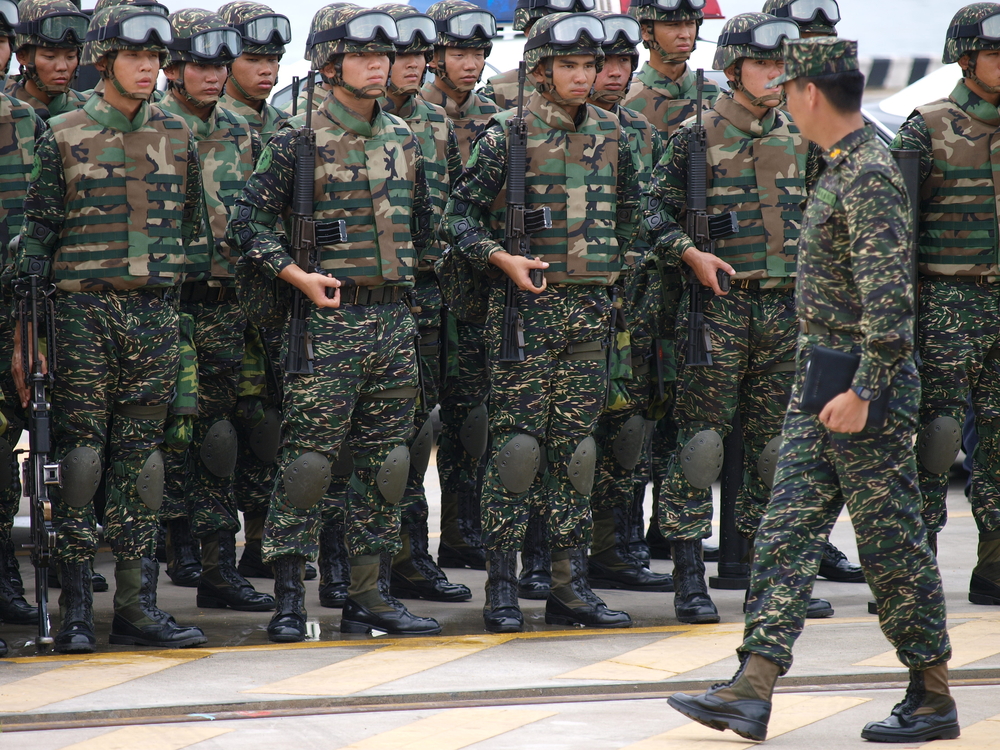
In the last week of September, Taiwan’s government suggested increasing the national defense budget to $8.7 billion over the next five years, including new missiles and other defensive weapons to ward off the continued threat from China. China’s military establishment possibly perceived that as a provocation, and the flight of warplanes toward Taiwan was meant to remind Taiwan of the nearby threat.
Analysts say that China is increasingly concerned that Taiwan’s President plans to formally declare the island’s independence from China. Such a move could almost certainly provoke a militarized response from China. In the eyes of the Chinese communist government, Taiwan is part of China. If Taiwan officially declared independence, China would have no alternative but to respond with force. The recent provocations by China could therefore be seen as a move to discourage such a proclamation by Taiwan.
The Wall Street Journal published reports from an anonymous source that the US has deployed military personnel to Taiwan. Officials in Taiwan and the US have declined to confirm that report, but if true, this also would be seen as a provocative act in the eyes of China.
While many in China doubt the US has the military capability to stop Chinese aggression in Taiwan after the recent debacle in Afghanistan, even more doubt the US has the political will to preserve the ill-defined ties between the US and Taiwan. According to a Chinese publication Global Times survey, 70% of Chinese mainlanders support using force to reunify Taiwan with China.
